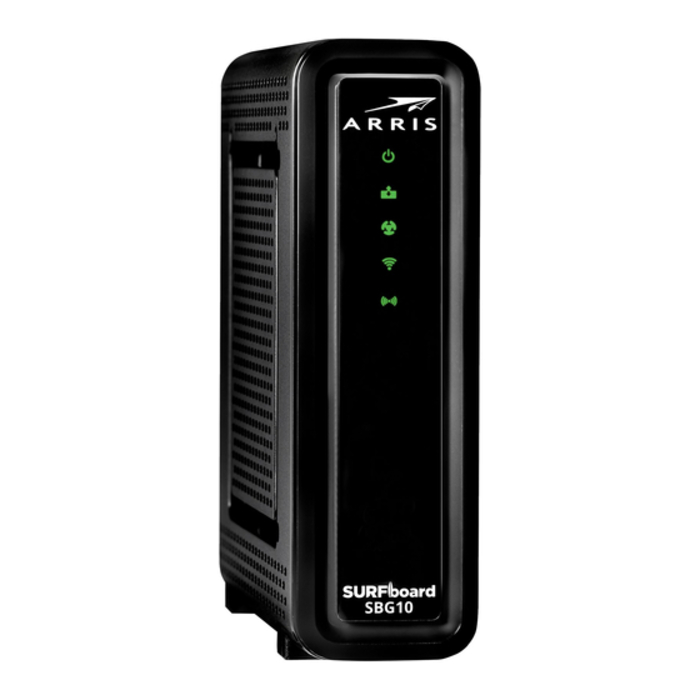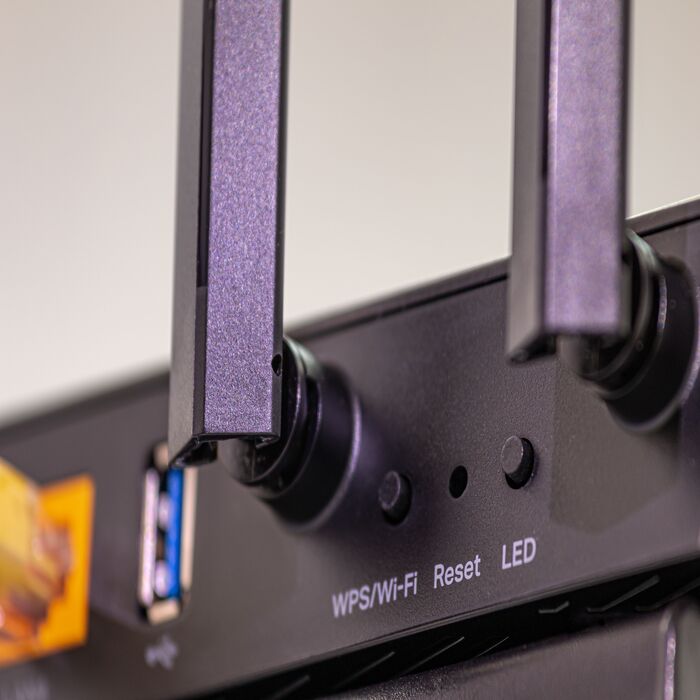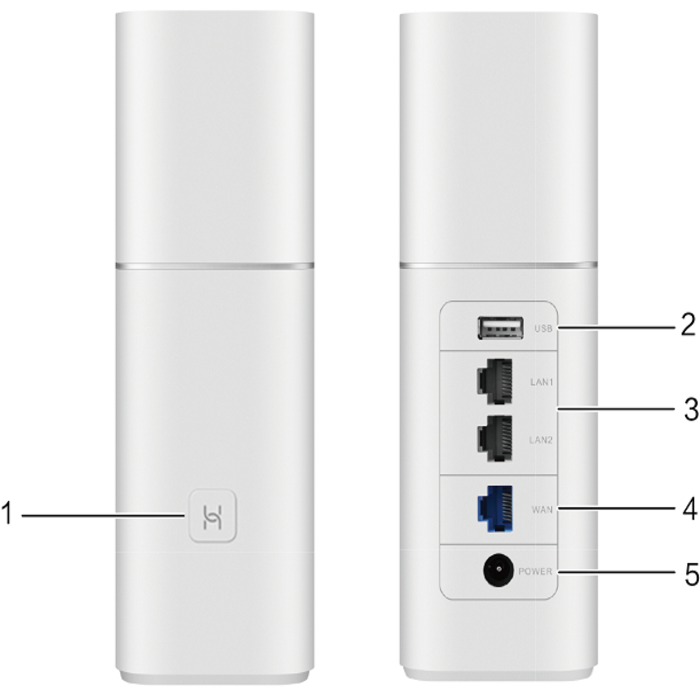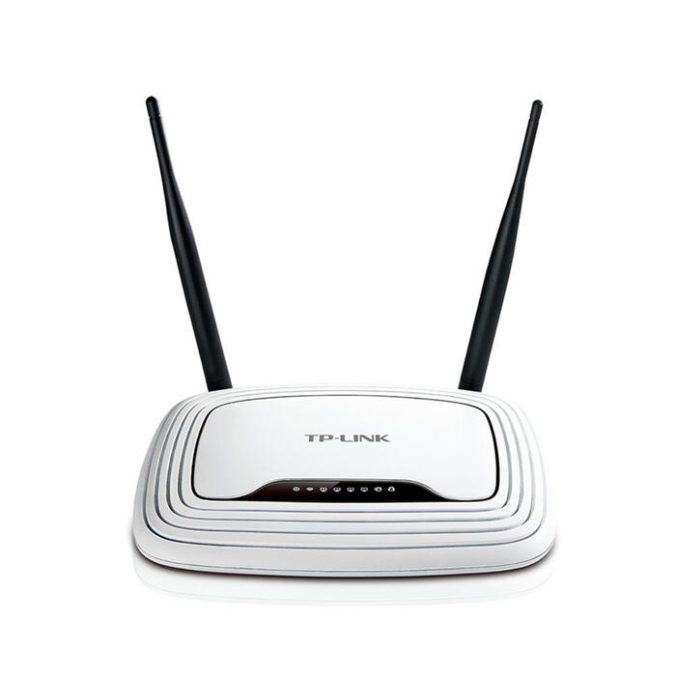Introduction to WPS and Its Purpose
The Wireless Protected Setup (WPS) offers a swift way to link devices to WiFi. It simplifies the process of establishing a secure home network, especially for those who may find it challenging to remember complex passwords. WPS exists to help users connect devices like smartphones, tablets, and smart home devices to the internet without typing long passwords.
The purpose of the WPS button is to create a connection between the wireless router and a device. It does so by using a much simpler method than the standard WiFi setup. With one push of this button, the router and device communicate directly. They establish a secure WiFi connection without the need for manual input of security keys.
WPS boasts two main benefits: ease of use and speed. It is particularly useful for guests or new devices. By pressing the WPS button on the router, users can connect within moments. However, not all devices are compatible with WPS, and some users prefer manual connection methods for added security. In the following sections, we will discuss how to locate and use the WPS button, troubleshoot common issues, explore security implications, and look at alternatives to WPS.
Locating the WPS Button on Your Router
Identifying the WPS button on your router is crucial for a quick and effortless WiFi setup. Typically, the WPS button is distinguished by its unique logo, which resembles two arrows forming a circle. It’s often located on the back or side of the router. Some routers may not have a button labeled ‘WPS’ but will display the aforementioned logo.
Here’s a simple guide to finding your WPS button:
- Check the back of your router: It is the most common location for the WPS button.
- Look at the sides: If it’s not at the back, the sides of the router are the next likely spot.
- Search for a logo: The WPS logo is a helpful indicator if the button isn’t clearly marked.
- Refer to the manual: When in doubt, the router’s manual provides specific details about the location and use of the WPS button.
Once you locate the WPS button, you’ll be one step closer to easily connecting your devices without the hassle of typing in passwords. Remember, not every router has a WPS button, so if you cannot find it, refer to your device’s documentation or consider alternative connection methods, which we will discuss later in this blog.

Step-by-Step Guide to Connecting Devices Using WPS
To use WPS for WiFi connectivity, follow these simple steps:
- Find the WPS button on your router. This button often features the WPS logo. It’s usually on the router’s back or side.
- Turn on the device you want to connect. Make sure WiFi is on, and your device is ready to connect.
- Press the WPS button on the router. Do this quickly. You’ll see a light blinking, showing it’s working.
- Go to your device’s WiFi settings. Find and select your home network’s name (SSID).
- Wait for the automatic connection. Your device should connect without needing a WiFi password.
Remember, the router looks for devices for two minutes. If it doesn’t connect, press the WPS button again. Check your device’s manual if you’re unsure how to access the WiFi settings. Using WPS should connect your device quickly and without much effort.
Troubleshooting Common WPS Connection Issues
Sometimes, connecting devices using the WPS button may not go as planned. You may encounter issues or errors during the process. If you find yourself facing such problems, here are several steps to troubleshoot and resolve common WPS connection issues:
- Check WPS Support: Ensure both your router and the device you’re trying to connect support WPS. Not all devices do.
- Time Limits: After pressing the WPS button, you have two minutes to connect. Make sure to act within this time frame.
- Router Lights: Look for the WPS light on your router. If it’s not flashing, the WPS function may not be active.
- Press Again: If the first attempt fails, press the WPS button once more. Sometimes it takes a second try to work.
- Device’s Distance: Move your device closer to the router. Proximity can affect the connection.
- Restart Router: Reboot your router. This can resolve temporary glitches affecting WPS.
- Routers’ Firmware: Update your router’s firmware. Outdated firmware can hinder the WPS function.
- Consult Manuals: Both your router and device’s user manuals may have specific troubleshooting steps.
Remember, while WPS offers a convenient way to connect to Wi-Fi, it may not work perfectly every time. These troubleshooting steps can help you solve most issues related to what is wps button on router. If problems persist, consider using alternative methods to connect your device to the Wi-Fi network.

Security Implications of Using WPS for WiFi Connections
While WPS offers ease and quickness for WiFi connections, it has security considerations. Every use of the WPS feature involves a risk. WPS establishes connections without passwords. This could make it easier for unwanted guests to access your network. Let’s explore these risks further.
- WPS PINs Can Be Guessed: Early WPS implementations used an 8-digit PIN. Hackers could use brute force attacks to guess it.
- Signal Range Issues: Since WPS doesn’t require physical access, someone outside could try to connect if within range.
- Default Settings: Some routers come with WPS enabled by default. This could lead to vulnerabilities if not managed properly.
- Outdated Protocols: WPS does not always use the latest security measures. This can make networks more susceptible to attacks.
To minimize these risks, disable WPS if it’s not necessary, or ensure you monitor connected devices regularly. Consider stronger security protocols for your network, like WPA2 or WPA3. Always keep the router’s firmware updated to the latest version, as updates often include security enhancements. By understanding what is wps button on router and its security implications, you can make informed decisions about using it wisely.
Alternatives to WPS for Connecting Devices
While WPS promises a simple setup, some devices don’t support it, or you might prefer not to use it for security reasons. Here are alternatives to using the WPS button on the router for WiFi connections:
- Manual Password Entry: The most traditional method, which involves selecting your network’s SSID and entering the secure password manually.
- QR Code Scanning: Some routers offer a QR code that you can scan with a device, which then automatically connects to the network without needing to enter a password.
- Network Management Apps: Many router manufacturers have their own apps. Download the app and follow the instructions to connect devices to your WiFi network.
- Ethernet Connection: For non-mobile devices or when you need a stable connection, use an Ethernet cable to plug directly into the router.
- WiFi Protected Access (WPA): This is a security protocol you set through the router’s settings. It provides a password for network access, more consistent with recent security standards.
- Near Field Communication (NFC): Some modern devices can be tapped against an NFC-enabled router to connect, bypassing the need for passwords or WPS.
Choosing the right method depends on your specific needs, the devices you’re connecting, and your concern for security. Remember that no matter which method you choose, keeping your router’s firmware up to date is essential for a secure and reliable connection. By understanding what is wps button on router and exploring these alternatives, you can select the most suitable connection method for your situation.

Tips for Ensuring a Successful WPS Connection
Getting your devices connected via WPS can be quick and painless with the right approach. Here are some expert tips to ensure your WPS connection is successful every time:
- Reboot Your Router First: Before trying to connect, turn your router off and on. This can clear issues and help the process.
- Limit Device Distance: Keep your device close to the router during the setup. It reduces connection problems.
- Avoid Busy Networks: Try connecting when the network is not busy. Too many devices can complicate the connection.
- Use Updated Devices: Ensure your device’s software is up to date. Running the latest version can improve compatibility.
- Confirm WPS Activation: Make sure the router’s WPS function is active. Look for a blinking light after pressing the button.
- Follow On-Screen Instructions: If your device has instructions, follow them precisely for a better setup.
- Check for Interferences: Other electronics can interfere. Keep devices like cordless phones or microwaves away.
- Monitor the Connection: Once connected, check the status. If it drops, try the process again.
By following these pointers, you’re more likely to have a smooth and successful WPS connection experience. Bear in mind the security tips discussed earlier and always stay vigilant for any suspicious device connections.
When to Use WPS: Best Practices and Recommendations
When deciding whether to use the WPS button on your router for connecting devices, consider the following best practices and recommendations:
- Use WPS for Quick Connections: If you need to connect a device fast and it supports WPS, go ahead and use it.
- Guest Use: WPS is ideal for guests who need temporary access to your WiFi. It’s quicker than sharing a password.
- New Device Setup: When adding new gadgets to your network, WPS can simplify the process.
- Non-Sensitive Devices: Apply WPS for devices where security is less of a concern, like smart lights.
However, you should avoid using WPS if security is a major concern. If you’re setting up devices that hold sensitive data or if you’re in a location where the WiFi range could extend beyond your control, opt for a more secure connection method.
Here are some recommendations to keep in mind:
- Enable WPS Only When Needed: Turn on WPS only during setup and turn it off right after to minimize risks.
- Update Firmware: Regularly check for router firmware updates to improve security and performance.
- Monitor Network Activity: Keep an eye on devices that connect to your network after using WPS.
- Use Stronger Security: Prefer WPA2 or WPA3 to protect your network when not using WPS.
By understanding what is wps button on router and following these guidelines, you can use WPS when convenient and switch to more secure methods when needed. It’s all about balancing ease of use with security to fit your situation.

Leave a Reply